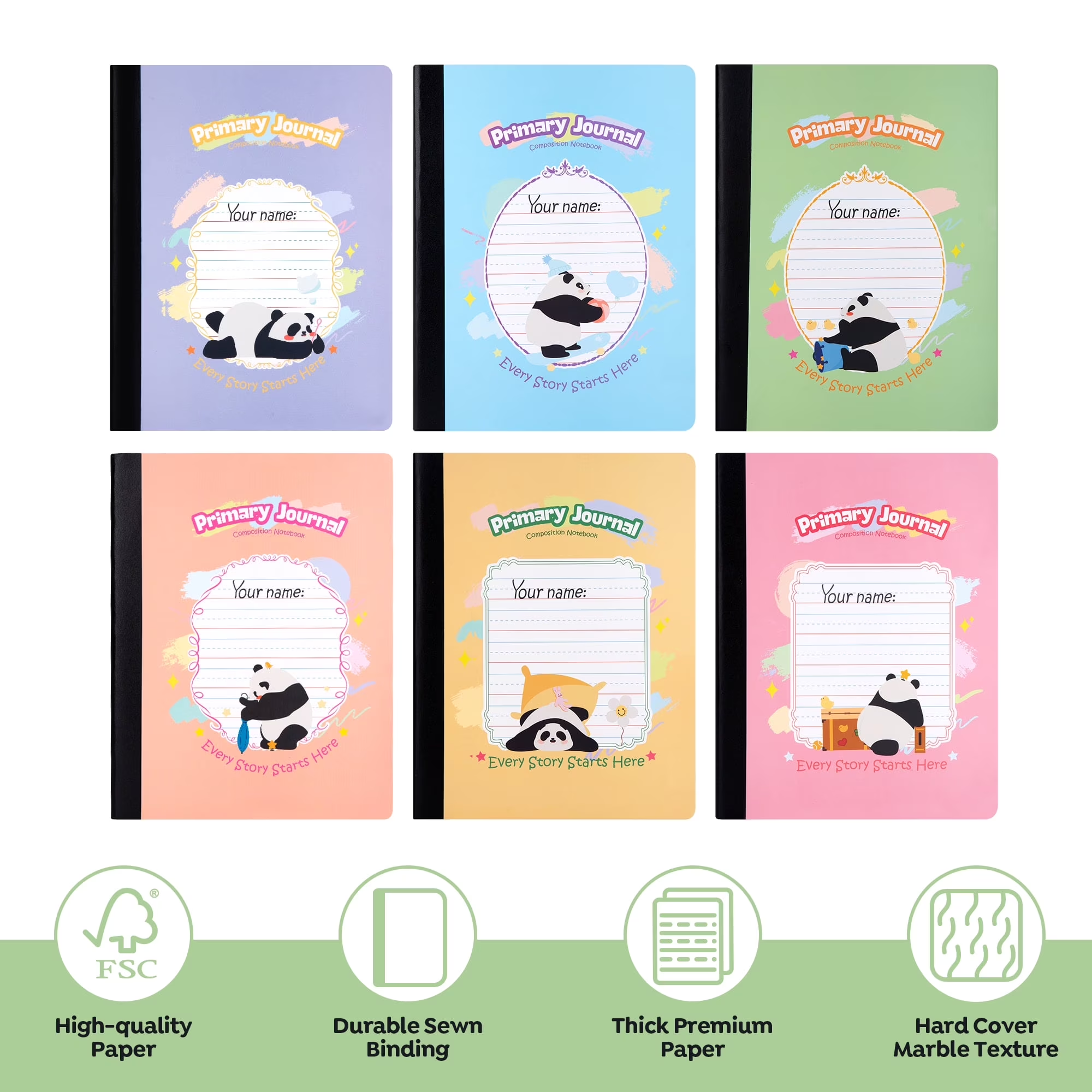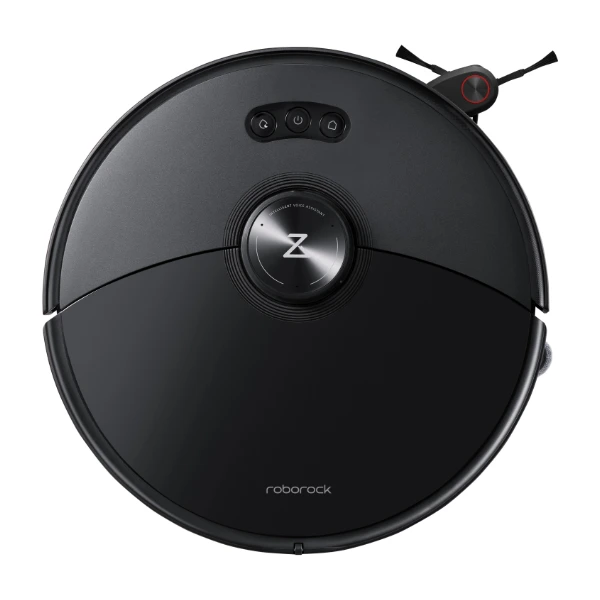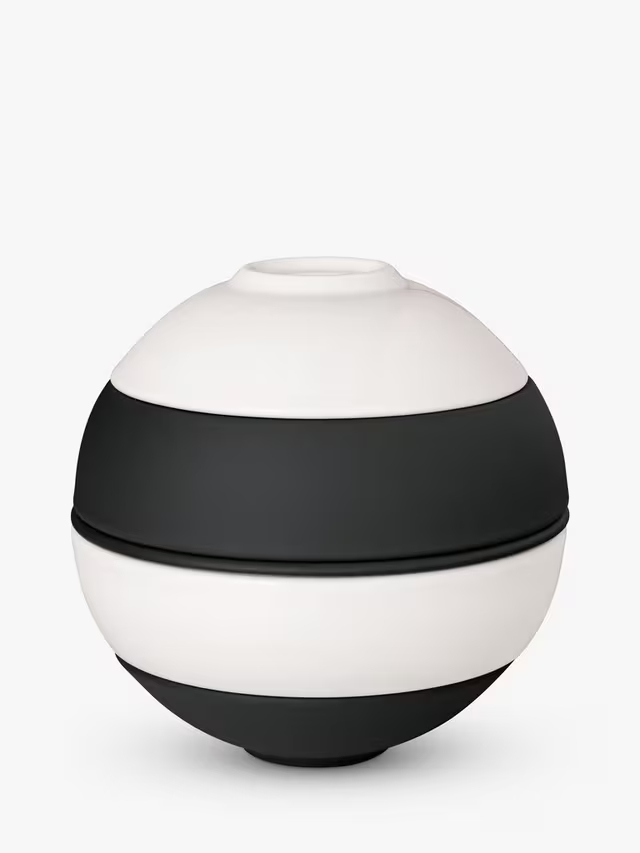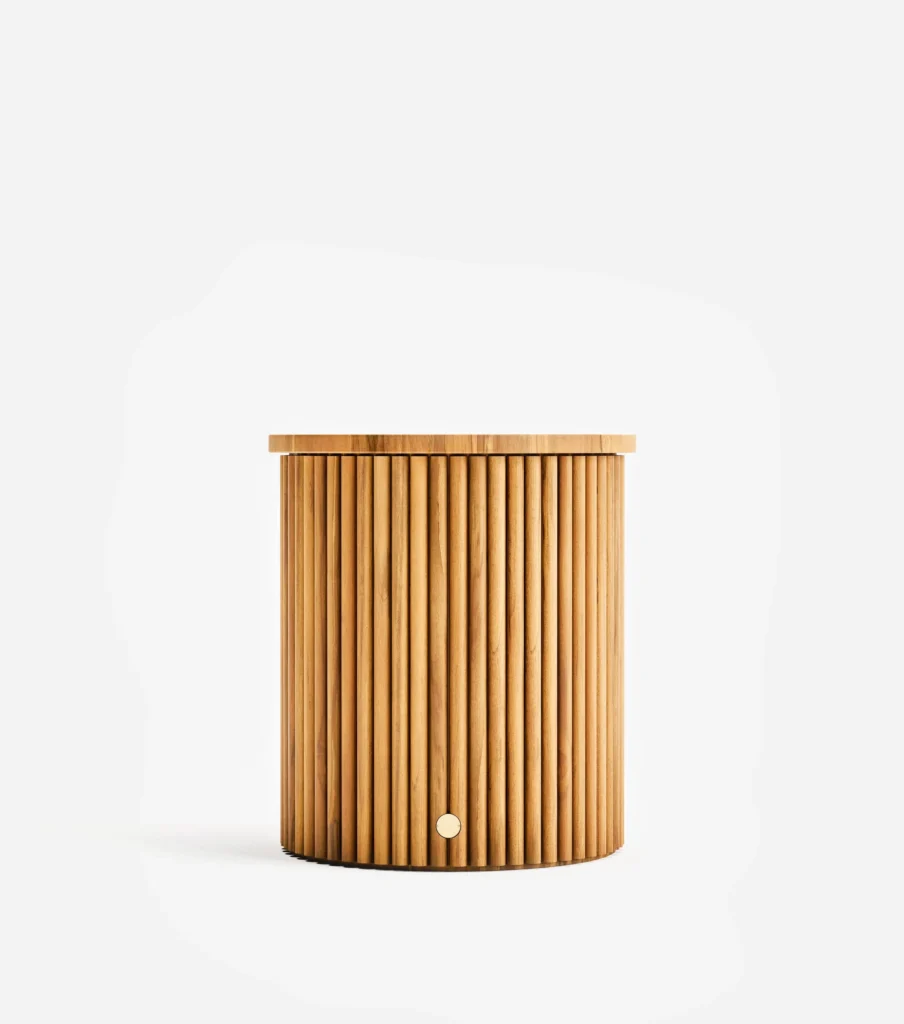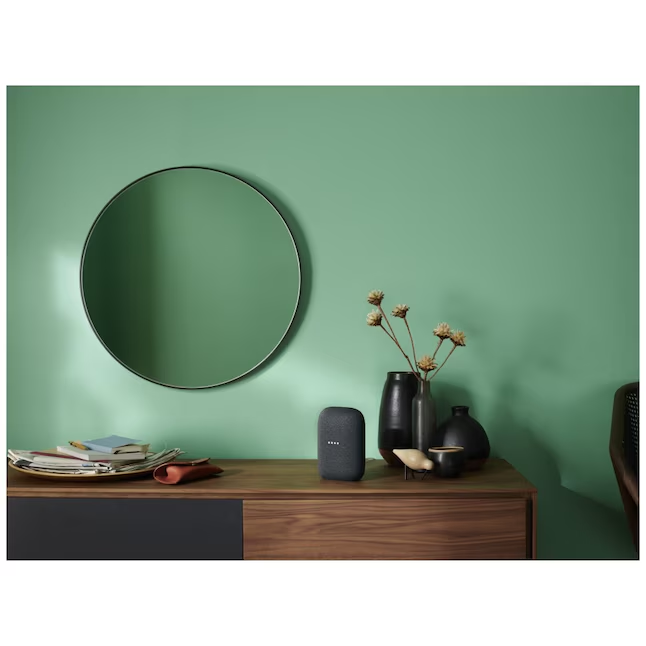There’s a special kind of quiet that happens when a child leans over a fresh page: the room softens, pencils hum, and ideas start arranging themselves into little lines that mean something. A primary journal makes that moment repeatable. With a drawing space up top and lined paper below, the Deli Primary Journal 6-Pack gives families and classrooms an easy way to turn ordinary days into tiny stories, sketches, lists, labels, and observations. It’s low-tech on purpose, durable enough for backpacks, and friendly to perfectionists and doodlers alike.
In this article, we’ll build a simple, sustainable writing routine around the Deli Primary Journal—one that respects attention spans, welcomes beginners, and grows with confidence. You’ll get home setups that actually stick, classroom rhythms that survive Tuesday energy, writing prompts that don’t feel like assignments, and parent–teacher coordination tips that keep progress visible. We’ll keep it practical and calm: no specs, no price talk—just habits, language, and tiny systems that make early literacy feel natural.
Shop the Deli Primary Journal 6-Pack
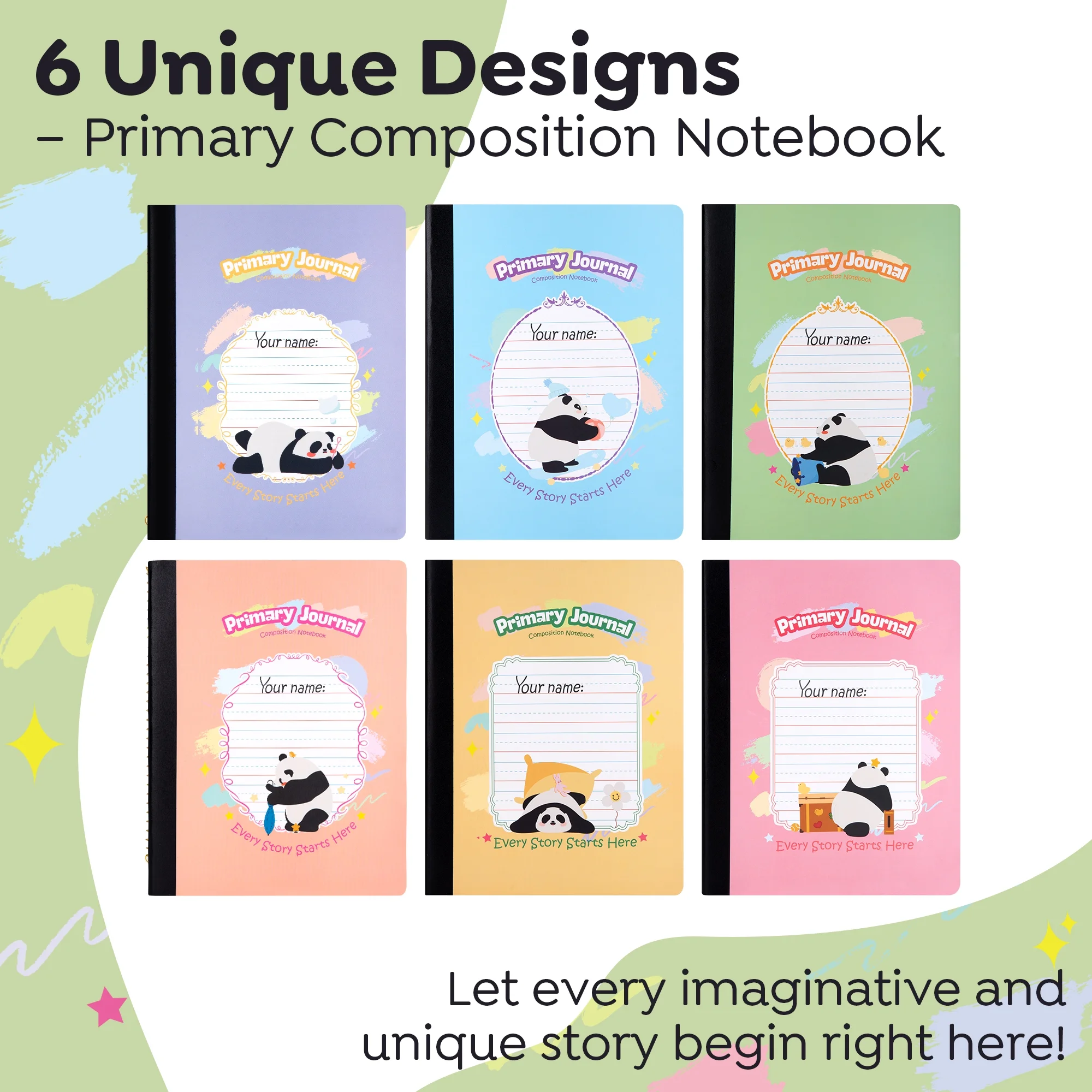
Why a primary journal still wins
A good early-writing notebook does three quiet jobs at once. First, it lowers the barrier to entry: the drawing box lets nervous writers “think in pictures,” then slide into words without the fear of a blank line. Second, it builds stamina in tiny, doable increments; yesterday’s three words become today’s five, then a complete sentence, then two. Third, it documents growth. Flip back through a Deli journal after a month and you can see confidence stretching—letters steadier, spacing calmer, ideas bigger. That visible arc is motivating for kids and clarifying for adults.
Home setup that actually sticks
Keep the ritual small and the materials visible. A shallow tray with one Deli journal, two sharpened pencils, a mini sharpener, and a handful of colored pencils is enough. Park it where life already pauses—kitchen table after school, a corner of the living room near a lamp. Start with five-minute sessions tied to existing anchors: “Journal, then snack,” or “Journal while tea cools.” Let your child choose the topic; your job is to narrate effort, not correct every letter. A simple closing routine—dating the page together and adding a tiny star for “best word” or “bravest try”—turns practice into pride.
The two-part page: how to use it like a pro
Think of each page as a tiny comic: picture first, then words that bring the picture to life. Invite your child to sketch what happened (“soccer in the rain”), what’s wished for (“a rocket bedroom”), or what’s noticed (“ants carrying crumbs”). After the drawing, ask three light questions that nudge language forward: “Who is here?” “What is happening?” “How does it feel?” Echo their answers in sentence starters: “I see…,” “We went…,” “It felt….” If the hand gets tired, scribe their words underneath and let them trace one or two—tracing counts as ownership when effort is the goal.
Prompts that don’t feel like assignments
Kids write longer when the topic is theirs. Keep prompts open, sensory, and specific to your day:
- “Draw the noisiest thing you heard today; tell me the sound with letters.”
- “Sketch your snack; label three parts.”
- “Make a map of our street; write one place you like.”
- “Draw a feeling as weather; finish the line ‘Today I feel…’ ”
- “Invent a creature; list how to care for it.”
- “Show the beginning, middle, and end of one small moment.”
Mix and repeat. Familiar scaffolds are where fluency grows.
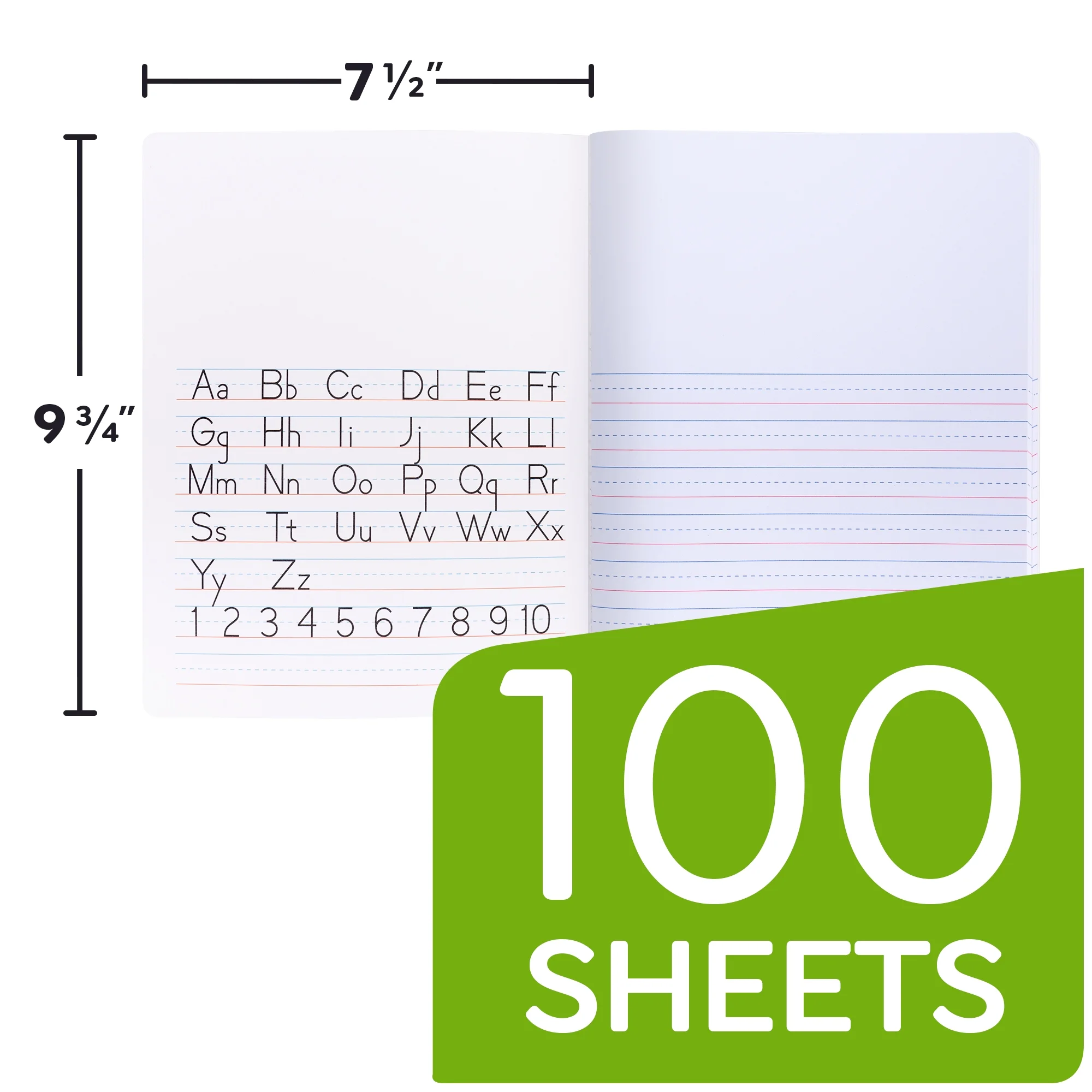
Handwriting without the worksheet vibe
Early writers need shape practice, but drilling can drain joy. Use the Deli lines to coach spacing and letter size gently. Speak in pictures: “Letters sit on the line like chairs on a floor,” “Tall letters touch the ceiling,” “A space is the size of a pea.” If reversals happen (they will), normalize them and offer a tactile fix: trace the target letter in the air, then sky-write it together with your whole arm before returning to the page. Keep corrections few and specific: pick one focus (like “finger spaces today”) and praise it when you see it.
Shop the Deli Primary Journal 6-Pack
The reading–writing bridge
Writing improves when it’s tethered to reading. After storytime, ask your child to draw one scene in the Deli journal and capture a sentence in their own words. If a new vocabulary word pops up—burrow, sprint, glimmer—turn it into a label challenge: “Can you hide ‘glimmer’ in your drawing? Where?” On library days, a quick “book review” box (“I liked…,” “This part was…,” “Next time I’ll read…”) builds both reflection and stamina without sounding like homework.
Classroom rhythms that survive Tuesday
Teachers don’t need another task; they need a routine that runs itself. Try a three-day cycle: Day 1 = “Sketch & Say” (oral rehearsal and picture), Day 2 = “Write & Read” (sentence or two, then read to a partner), Day 3 = “Shine & Share” (choose one sentence to polish, then gallery walk). Keep mini-lessons razor thin—two minutes on one craft move (“add a feeling word,” “use a sound word”), then release students to their Deli journals. Collect growth data by snapping photos of a page every other week; the visual timeline tells the story better than any rubric.
For multilingual families and emerging bilinguals
The drawing-first format is a gift for kids building vocabulary in two languages. Label the same picture in both tongues; kids learn that ideas move across words. Alternate language days if that’s your home rhythm, or split the line: first clause in one language, second in another. Celebrate code-switching as a superpower. When a child can’t find a word, let them borrow the other language and add a parenthetical translation later. Meaning first, mechanics second.
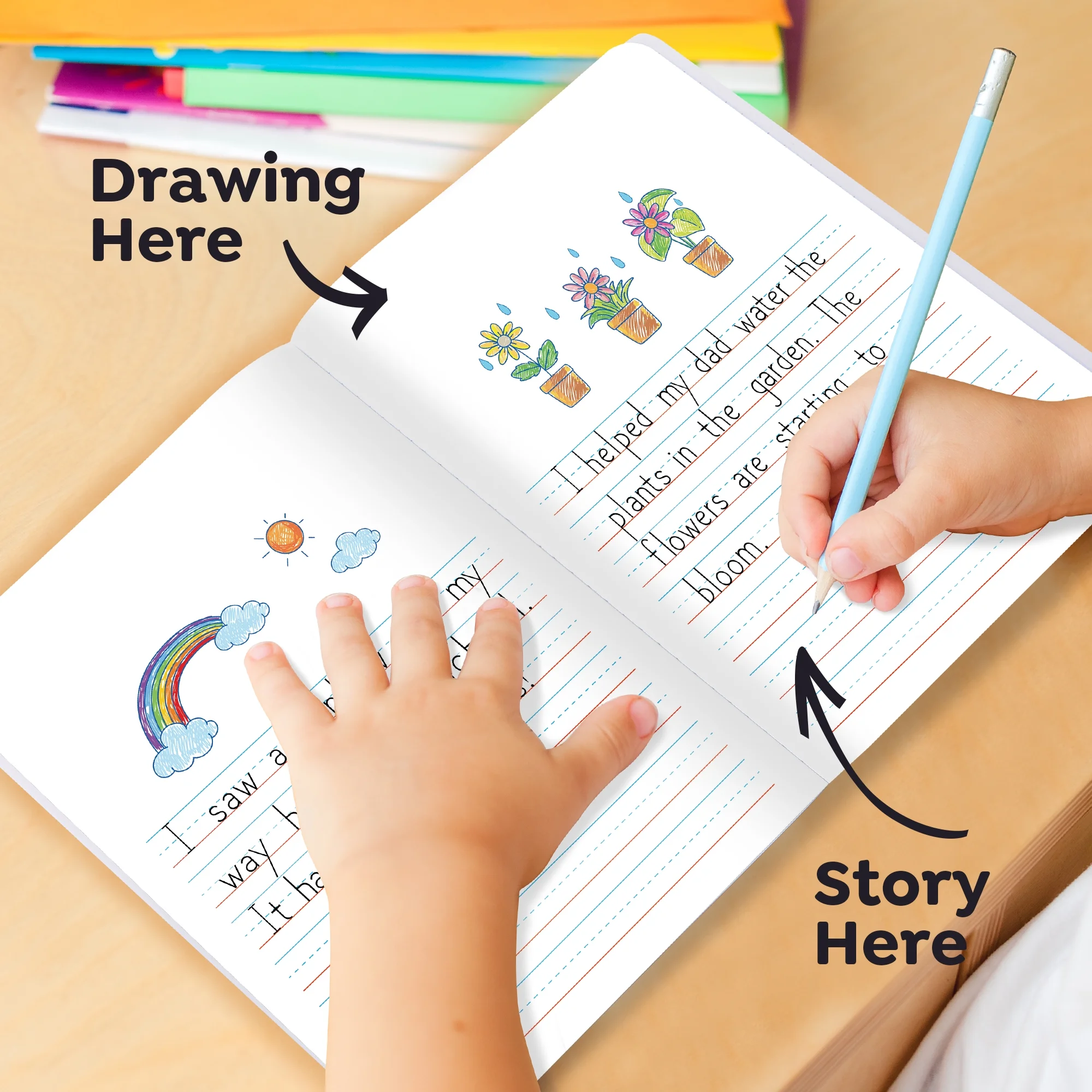
Siblings, groups, and the “my turn” tango
Journaling can be a shared ritual if roles are clear. One child draws while the other interviews (“Who’s in the picture?” “What happened next?”). Then swap. In small groups, rotate “author,” “listener,” and “labeler.” The listener repeats back the story; the labeler adds two key words to the drawing. Short timers (two or three minutes) keep energy moving, and a communal “title page” at the end (“Our Garden Stories”) gives everyone ownership.
Storage, labeling, and the joy of looking back
Use the six-pack with intention: one journal per domain (home stories, science notes, field trips, poems, weekend adventures, gratitude), or one per term. Label spines boldly and add a tiny icon kids can spot quickly. Keep finished journals in a visible bin; revisit on rainy days. Flip-throughs are powerful: “Remember when your letters were giant? Look at your spacing now.” Growth is the best motivator—and it’s baked into the Deli format.
When motivation dips (because of course it will)
Lower the bar, not the expectation. Trade paragraphs for labels, drawings for diagrams, full sentences for lists. Switch the writing tool—gel pen for “author days,” colored pencil for “illustrator days.” Invite audience: text a photo of a page to a grandparent; read today’s line at dinner. When frustration shows up, name the effort: “You kept going even when the ‘b’ felt tricky. That’s writer energy.”

Conclusion
Early writing isn’t about perfect penmanship; it’s about giving kids a place to put their thoughts and watching them grow braver line by line. With the Deli Primary Journal 6-Pack, you can build a routine that fits real life: five minutes, most days, anchored to something you already do. Keep prompts open and sensory, tie pages to books and moments, and celebrate the small wins you can see. Over time the voice gets clearer, the lines get calmer, and the child who once said “I can’t think of anything” starts flipping pages to find room for one more idea.
Shop the Deli Primary Journal 6-Pack
FAQ
- How long should a journal session be for beginners?
Five minutes is plenty. Tie it to an existing routine and finish with a simple celebration—date stamp, star, or short read-aloud. - What if my child only wants to draw?
Honor the drawing, then add labels—one word today, two tomorrow. Words piggyback on pictures; fluency follows interest. - How do I correct spelling without killing momentum?
Choose one focus per page (spaces, a target word, a capital at the start). Praise the focus and let the rest ride. You can revisit in a future mini-lesson. - Can these journals support science or social studies?
Absolutely. Use them for weather logs, plant growth sketches with dates, field-trip maps, or “how-to” sequences. - Any tips for left-handed writers?
Tilt the notebook slightly right, keep the wrist relaxed, and remind, “letters sit on the line.” Smooth paper and softer pencils help. - How do I keep six notebooks from becoming clutter?
Color-code by purpose, label spines, and stand them in a magazine file at child height. Rotate one “front” journal each week. - What language helps when kids get stuck?
Ask, “What’s one small thing you could add?” or “Show me with a picture first.” Specific, gentle prompts unlock ideas. - How can a teacher track growth quickly?
Photograph one page biweekly and store in a folder per student. The visual timeline reveals stamina, spacing, and sentence length trends. - Do I need special pencils or grips?
Not required. If fatigue shows, try a slightly thicker pencil or a soft grip, but keep the focus on ideas and routine. - How do I involve caregivers without overwhelming them?
Send home a single routine card: five minutes, picture then words, date and star. Share one sample page so expectations feel doable.

